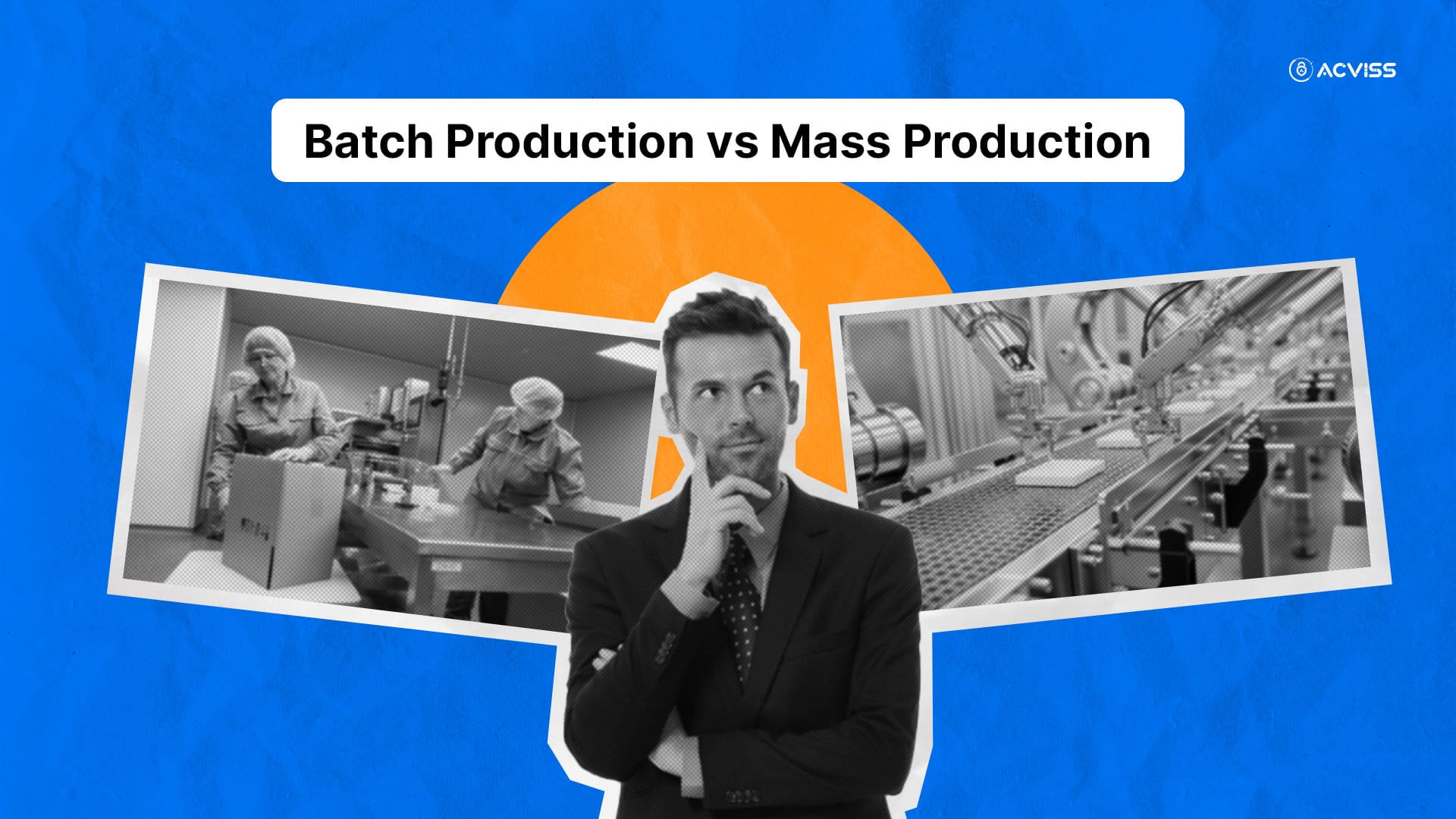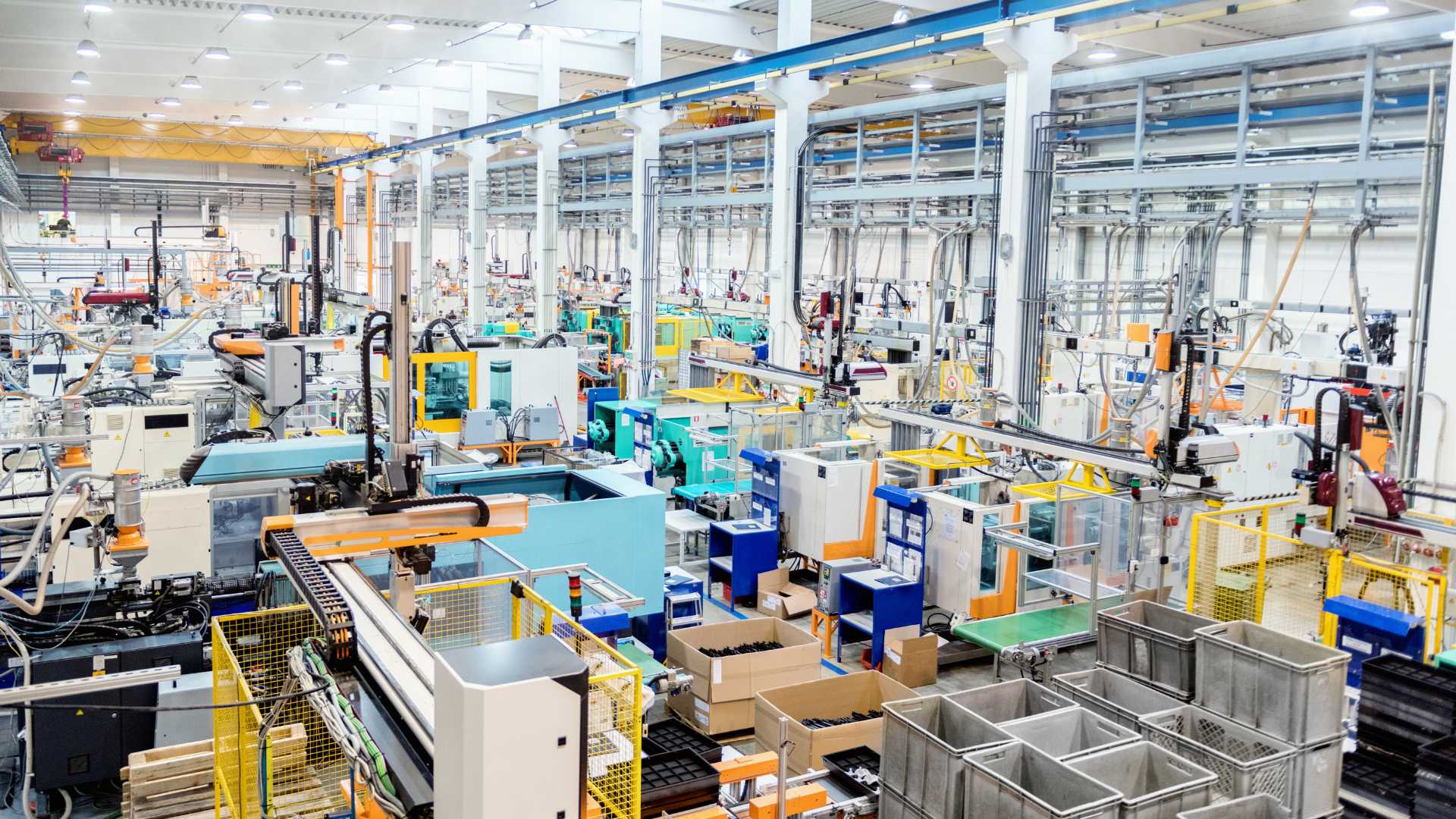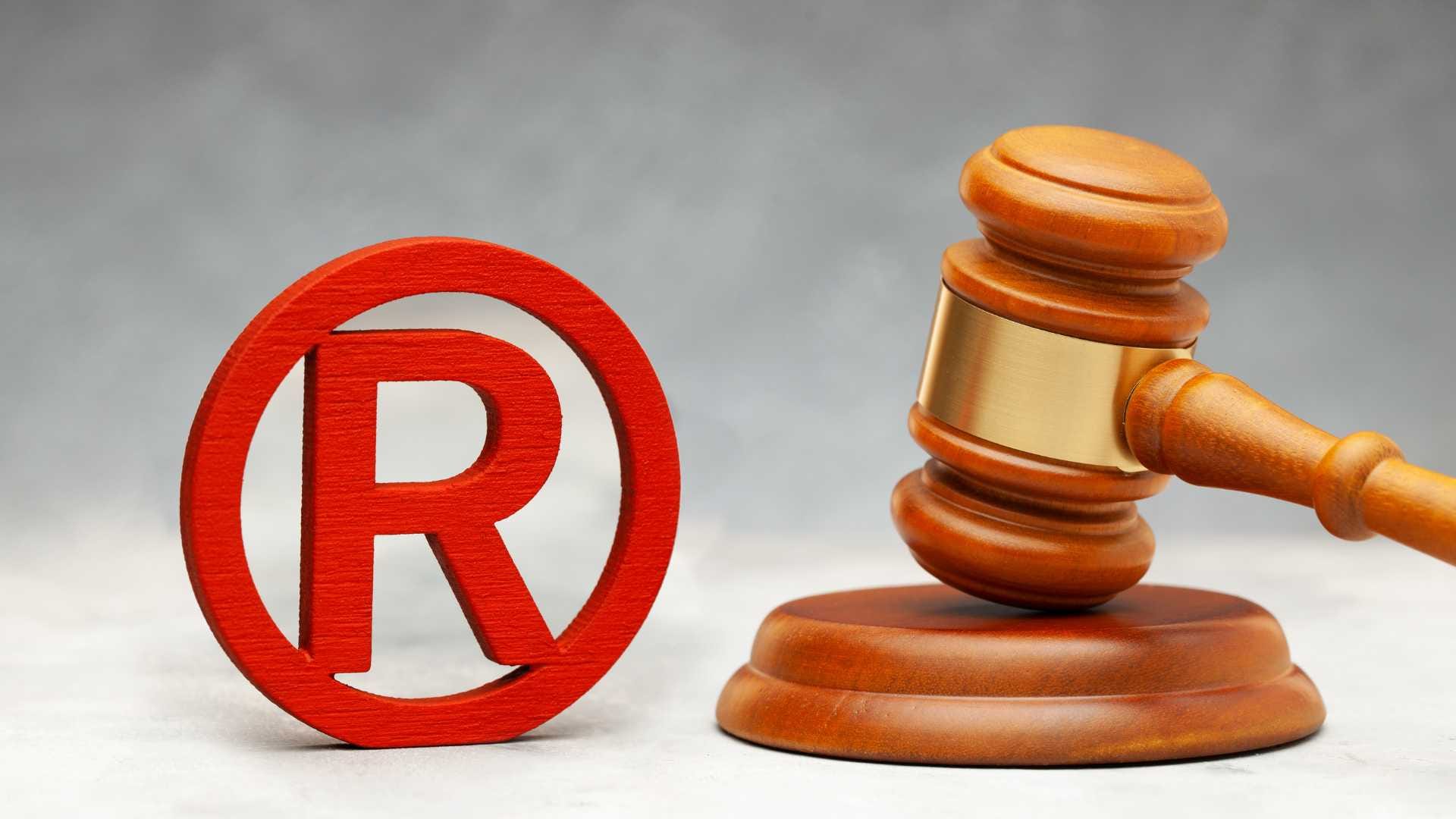Batch Production vs Mass Production: What’s Best for Your Brand

Finding the Right Model for Efficient Manufacturing, Brand Protection and Supply Chain Success
When it comes to scaling a product-based business, one of the most crucial decisions you’ll face is choosing between batch production and mass production. On the surface, it may seem like a straightforward cost-versus-volume analysis. But the deeper you dive into the mechanics of manufacturing, the more complex and strategic this decision becomes. Beyond logistics and economics, your production model can influence everything from product traceability and IP protection to brand authentication and customer experience.
So how do you decide which path is right for your brand? Let’s explore both production systems in detail, examine the advantages and limitations of each, and look at how product verification and track and trace technologies are becoming essential tools regardless of your chosen method.
Understanding the Fundamentals
What is Batch Production?
Batch production is the process of producing goods in specified groups or amounts. Each batch goes through one stage of the production process before moving to the next. It allows manufacturers to produce different products on the same equipment with minimal downtime between batches.
This approach is popular among industries where product variation, seasonal demand, or high customisation is key, think fashion, pharmaceuticals, cosmetics, and speciality food production.
What is Mass Production?
Mass production, on the other hand, focuses on large-scale, continuous manufacturing of standardised products. It's the backbone of industries like automotive, electronics, and FMCG. The goal is to drive down per-unit costs through automation, scale, and efficiency.
Mass production thrives in environments where demand is high, variation is minimal, and consistency is critical.
Comparing Batch and Mass Production
Factor | Batch Production | Mass Production |
Volume | Moderate to low | High |
Flexibility | High | Low |
Setup cost | Lower initial costs | High initial investment |
Unit cost | Higher per unit | Lower per unit |
Product variety | Easy to introduce new SKUs | Challenging to customise |
Downtime | Frequent changeovers | Minimal changeovers |
Quality control | Easier per batch | Needs robust automation |
Choosing Based on Business Stage and Industry
Startups and mid-sized businesses often gravitate towards batch production. It allows them to stay agile, respond to customer preferences, and limit waste. For example, a cosmetics brand may produce a limited batch of a new lipstick shade, test market response, and then scale accordingly.
Larger enterprises with stable, long-term demand patterns tend to prefer mass production. The economies of scale, automation efficiency, and reduced labour costs make it a natural choice. A beverage company producing the same flavour in millions of units monthly would find batch production inefficient and cost-prohibitive.
But the decision isn’t always binary. Many modern manufacturers blend both approaches, starting with batch production during the prototyping phase and moving to mass production once demand stabilises.
The Traceability and Brand Protection Challenge

While cost, speed, and flexibility drive production model decisions, there's another vital factor often overlooked: product traceability and brand protection.
In both batch and mass production models, track and trace systems are essential. But their implementation and utility differ.
1. In Batch Production
Traceability is inherently easier in batch production. Since goods are produced in distinct sets, it's simpler to track defects, manage recalls, and verify authenticity. You can trace issues back to a specific batch, identify root causes, and act decisively, without pulling an entire product line off the shelves.
However, batch production also faces the risk of counterfeit infiltration, especially in high-margin categories like cosmetics, wellness products, and electronics. This is where product authentication technologies can play a pivotal role.
By assigning unique, non-replicable identifiers to each batch or product, companies can ensure end-to-end visibility and brand verification. Solutions like Origin offer businesses the tools to digitise batch identities, monitor movement across the supply chain, and validate legitimacy at each checkpoint.
2. In Mass Production
Mass production brings scale, but that also means the damage from a single counterfeit incident can be catastrophic. A fake product mimicking your mass-produced item can erode brand trust, damage market reputation, and result in significant revenue loss.
Deploying product verification and IP protection systems is not optional; it’s critical.
Here, automated track and trace platforms help manage vast production volumes by embedding scannable, tamper-evident digital identifiers on every unit. These systems not only streamline supply chain management but also strengthen anti-counterfeiting solutions by making each product individually traceable, even in a mass environment.
Subtly integrated into the production line, advanced solutions like Acviss Origin empower manufacturers to tie each product back to its source, authenticating in real time and protecting against unauthorised duplication or grey market leakage.
The IP and Trademark Angle

Regardless of your production model, your brand’s IP, its trademark, packaging design, formulae, or proprietary manufacturing process, is its most valuable asset. In both batch and mass production, securing this IP is a constant battle.
Batch production is more susceptible to leaks in smaller ecosystems, where recipes or formulations may be shared informally. In mass production, the risk is industrial-scale duplication. Either way, without proactive IP protection measures, your brand remains vulnerable.
Leveraging technologies that integrate brand authentication with your production and distribution network can help monitor IP misuse and stop counterfeits from reaching your customers.
Which Model is Best for Your Business?
Ultimately, the answer depends on your business size, industry, growth plans, and operational agility. Here’s a simplified breakdown:
Choose Batch Production if you:
- Are you introducing new or niche products
- Operate in a seasonal or trend-driven market
- Need agility and fast response to customer feedback
- Prioritise quality and traceability over volume
Choose Mass Production if you:
- Have a high and consistent demand
- Aim for cost-efficiency at scale
- Produce standardised goods
- Have the infrastructure to invest in automation and traceability technologies
Some businesses find the sweet spot in a hybrid model, starting with batches to validate demand and then transitioning to mass production once scale is viable.
Beyond Efficiency, Towards Trust
Today, consumers demand more than just products; they seek assurance, safety, and authenticity. Whether you're making 1,000 units or 1 million, what matters is not just how you produce, but how well you can verify, trace, and protect your brand’s identity across the journey.
As counterfeit markets become more sophisticated, having a trusted track and trace system and brand verification framework in place is no longer a differentiator; it’s a necessity.
Modern platforms like Origin seamlessly plug into both batch and mass production workflows, offering real-time product authentication, granular supply chain insights, and an added layer of protection to your most valuable asset, your brand.
Interested to learn how you can secure your production and protect your brand identity, no matter your scale?
Get in touch with us. Let’s help you build a supply chain that’s not only efficient, but trusted.
